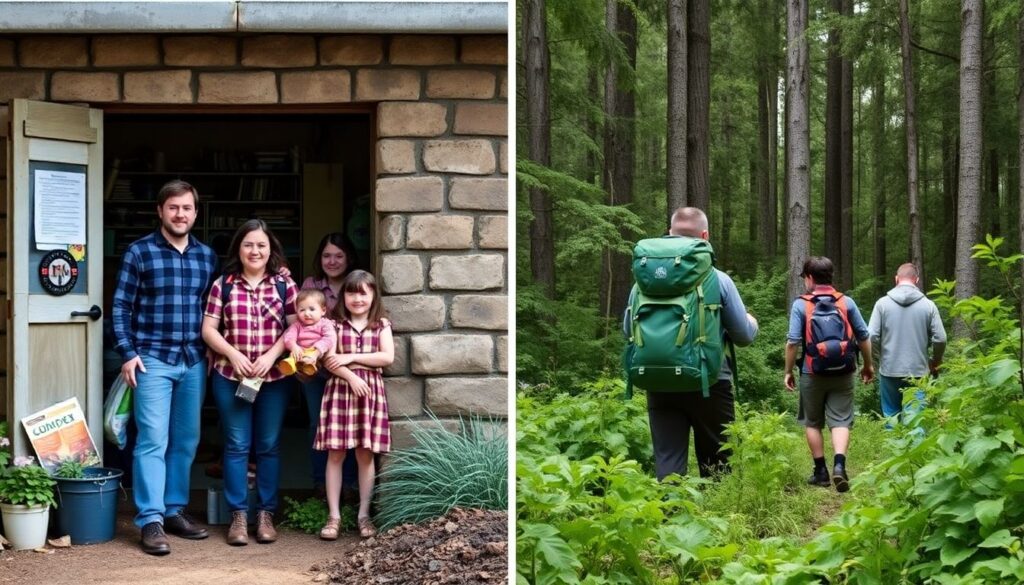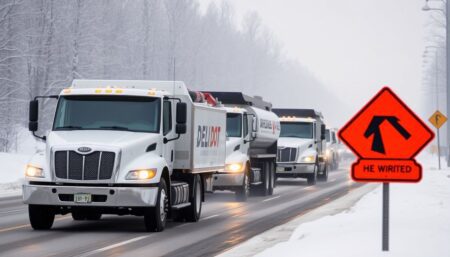In the face of a crisis, whether it’s a natural disaster, societal collapse, or a global pandemic, one of the most critical decisions you’ll make is where to be and how to survive. Two popular strategies have emerged in the survivalist community: ‘bugging in’ and ‘bugging out’. But which one is right for you? This article aims to guide you through the intricacies of these strategies, helping you understand their pros, cons, and when to employ each. By the end, you’ll be equipped with the knowledge to make an informed decision, ensuring your safety and well-being in any given situation. Let’s dive in and explore the world of ‘bugging in’ vs. ‘bugging out’.
First, let’s address the elephant in the room. According to a survey by the National Center for Disaster Preparedness, only 38% of Americans have an emergency plan in place. This lack of preparation can lead to panic and poor decision-making during a crisis. So, the first step in ensuring your survival is to have a plan, and understanding ‘bugging in’ and ‘bugging out’ is a crucial part of that plan.
You might be wondering, ‘What exactly does ‘bugging in’ and ‘bugging out’ mean?’ ‘Bugging in’ refers to staying in your home and sheltering in place during an emergency. It’s about fortifying your home, stockpiling supplies, and riding out the storm. On the other hand, ‘bugging out’ involves evacuating your home and heading to a safer location, often a pre-designated bug-out location (BOL). But when should you stay put, and when should you hit the road? That’s what we’re here to help you figure out.
Before we delve into the details, let’s make a promise. By the end of this article, you will have a clear understanding of both strategies, their respective advantages and disadvantages, and the factors to consider when deciding which one to employ. You’ll also gain insights into how to prepare for each strategy, ensuring you’re ready for whatever life throws your way. So, buckle up and let’s embark on this journey to help you make the best survival strategy decision for you and your loved ones.
Bugging In vs. Bugging Out: Crafting Your Optimal Survival Plan
When it comes to preparing for the unexpected, two primary strategies emerge: ‘Bugging In’ and ‘Bugging Out’. ‘Bugging In’ is akin to hunkering down, transforming your home into a fortress of safety and sustainability. It’s about stockpiling supplies, fortifying your dwelling, and turning your backyard into a mini-farm. It’s the strategy of the prepared squirrel, nestling in for the long winter. On the other hand, ‘Bugging Out’ is about hitting the road when the going gets tough. It’s about having a well-rehearsed evacuation plan, a cache of supplies stashed away in a remote location, and the survival skills to navigate the great outdoors. It’s the strategy of the wandering nomad, ready to adapt to any terrain. Both strategies have their merits, and the optimal plan often lies in a blend of the two. It’s about having a robust home base, but also the flexibility to leave it behind if necessary. It’s about being the Swiss Army knife of survival, ready for any situation. So, let’s explore these strategies, their pros and cons, and how to craft a survival plan that’s as unique as your fingerprint.
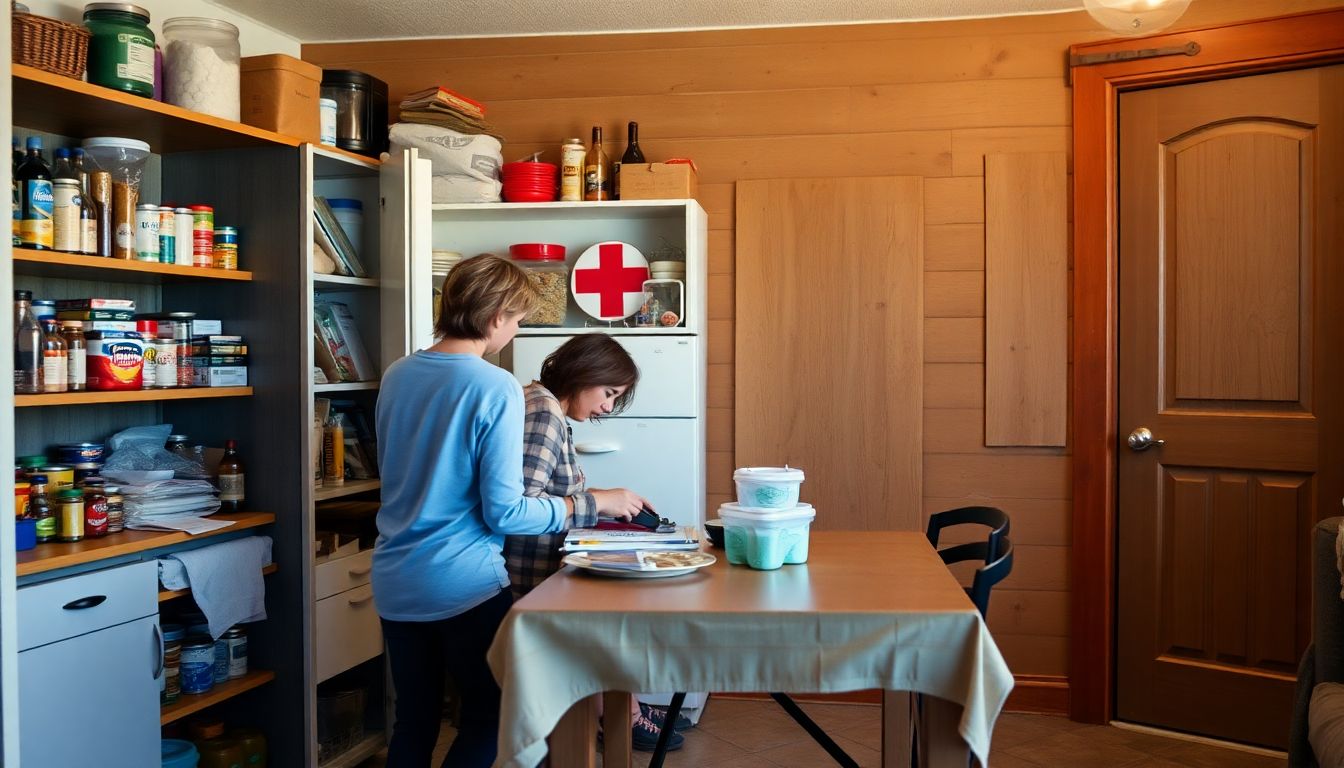
Understanding Bugging In
Bugging in, a term often used in survival and preparedness circles, refers to the strategy of staying in your current location during a crisis or disaster, rather than evacuating. It’s like hunkering down, turning your home into a fortress, and weathering the storm. The primary advantage of bugging in is that it allows you to stay in a familiar environment, with your belongings and resources at hand. You can protect your property, maintain a sense of normalcy, and avoid the risks associated with travel during a disaster. However, it’s not without its disadvantages. Bugging in can trap you in a dangerous situation if the crisis escalates or if your home becomes compromised. It also requires thorough preparation.
Preparing to bug in involves several key steps. First, you need to stockpile supplies. This includes food, water, medical supplies, and essential tools. A general rule of thumb is to have at least three days’ worth of supplies for each person in your household. However, depending on the nature of the disaster, you might want to aim for a longer period. Next, you should fortify your home. This could involve boarding up windows, reinforcing doors, and installing security systems. The goal is to make your home as secure and defensible as possible.
Self-defense is another crucial aspect of bugging in. You need to be prepared to protect yourself and your family if necessary. This could involve learning self-defense techniques, acquiring and storing weapons, and developing a plan for what to do if intruders attempt to enter your home. Remember, the goal is always to avoid conflict if possible, but it’s important to be prepared if it becomes necessary.
When might bugging in be the best strategy? It’s often the best choice when the disaster is localized, such as a severe storm or an isolated incident. It’s also a good option if you have a secure, defensible home and the resources to stockpile supplies. However, it’s important to remember that every situation is unique, and what’s best in one scenario might not be in another. Always stay informed, be flexible, and be prepared to adapt your plans as the situation changes.

The Case for Bugging Out
Bugging out, a term often associated with survivalist culture, refers to the immediate and temporary evacuation from one’s home or immediate surroundings due to an imminent threat or disaster. This could range from natural calamities like hurricanes, wildfires, or earthquakes, to man-made crises such as civil unrest or nuclear incidents. The primary goal of bugging out is to ensure personal safety and survival until it’s safe to return home or relocate to a more secure location.
The benefits of bugging out are manifold. It allows you to escape immediate danger, providing a chance to regroup and assess the situation from a safer distance. It also enables you to access resources and support networks that might not be available in your immediate vicinity during a crisis. However, it’s not without its drawbacks. Bugging out can be physically and emotionally taxing, especially for the elderly, children, or those with disabilities. It also requires careful planning and preparation to ensure a successful and safe evacuation.
To effectively bug out, several essential skills and gear are required. Firstly, navigation skills are crucial. Knowing how to read a map, use a compass, and navigate using natural signs can help you reach your destination safely. Survival skills, such as starting a fire, finding or purifying water, and identifying edible plants, can be lifesavers if you’re stranded. A well-thought-out evacuation plan is also vital. This should include a designated meeting point for your family or group, multiple evacuation routes, and a bug-out bag containing essential supplies like food, water, first aid kit, warm clothing, and important documents.
Here’s a simple checklist to help you prepare:
- Gear: Pack a bug-out bag with essentials like water, non-perishable food, first aid kit, warm clothing, important documents, a map, compass, and a multi-tool.
- Skills: Learn and practice navigation, fire-starting, water purification, and basic first aid.
- Plan: Develop a family evacuation plan with multiple routes and a designated meeting point.
- Practice: Regularly review and practice your plan to ensure everyone knows what to do in case of an emergency.
Remember, the key to successful bugging out is preparation and practice. By being ready and knowing what to do, you can increase your chances of survival and reunification with loved ones in the face of a crisis.
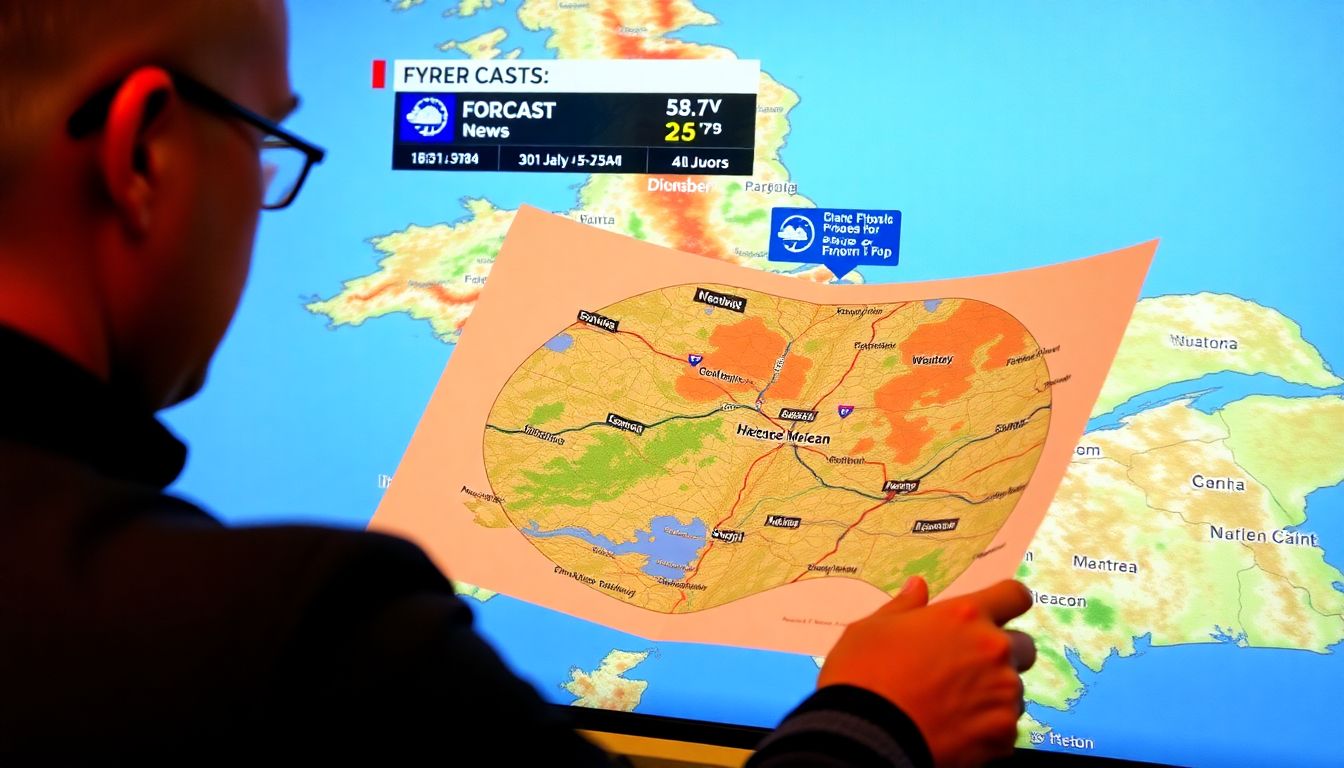
Assessing Your Location and Circumstances
Evaluating your current location and circumstances is a crucial step in ensuring your safety and well-being, especially in uncertain times. Let’s break down this process into a few simple steps.
Firstly, consider the natural disasters that your location might be prone to. This could be anything from hurricanes and earthquakes to wildfires or floods. Research the history of your area to understand the frequency and severity of these events. For instance, if you live near a fault line, earthquakes could be a significant threat.
Next, assess the social unrest or political instability in your region. While it’s not always easy to predict, understanding the local dynamics can help you prepare. Keep an eye on local news and community discussions to stay informed.
Lastly, consider global events like pandemics. While these are less location-specific, understanding how they might affect your area’s resources and services is important. For example, a pandemic might lead to supply chain disruptions, affecting the availability of food and medicine.
Once you’ve assessed these threats, you’ll need to decide whether to ‘bug in’ or ‘bug out’. Bugging in involves staying at home and preparing to ride out the storm, so to speak. This is often the best option when the threat is immediate and evacuation routes are unsafe. On the other hand, bugging out involves leaving your home and seeking safety elsewhere. This might be necessary if the threat is long-term or if your home is not safe. Remember, the decision to bug in or bug out should always prioritize safety and survival.

The Role of Family Dynamics in Your Decision
When it comes to survival strategies, the role of family dynamics is often overlooked, yet it’s a critical factor that can significantly impact your plans. Age, health, and abilities within your family unit can greatly influence your decision-making process. For instance, if you have young children, you might prioritize a strategy that ensures their safety and well-being, even if it means compromising on other aspects. Similarly, if a family member has a health condition that requires regular medication or specialized care, your strategy might need to accommodate these needs.
Involving the whole family in the decision-making process is not just beneficial, but also necessary. It fosters a sense of unity, responsibility, and preparedness. Here are some steps to help you achieve this:
- Open Communication: Discuss the potential scenarios openly and honestly. Ensure everyone understands the importance of these discussions and the need for collective effort.
- Identify Strengths and Weaknesses: As a family, identify each member’s strengths and weaknesses. This could range from physical abilities to skills like first aid, navigation, or problem-solving. This will help you create a strategy that plays to everyone’s strengths.
- Plan Together: Once you’ve identified potential scenarios, plan together how you would respond. This could involve creating an emergency kit, learning new skills, or even practicing drills.
Remember, the goal is not to create fear, but to prepare and empower your family. By involving everyone in the process, you’re not just preparing for potential scenarios, you’re also strengthening your family bond.
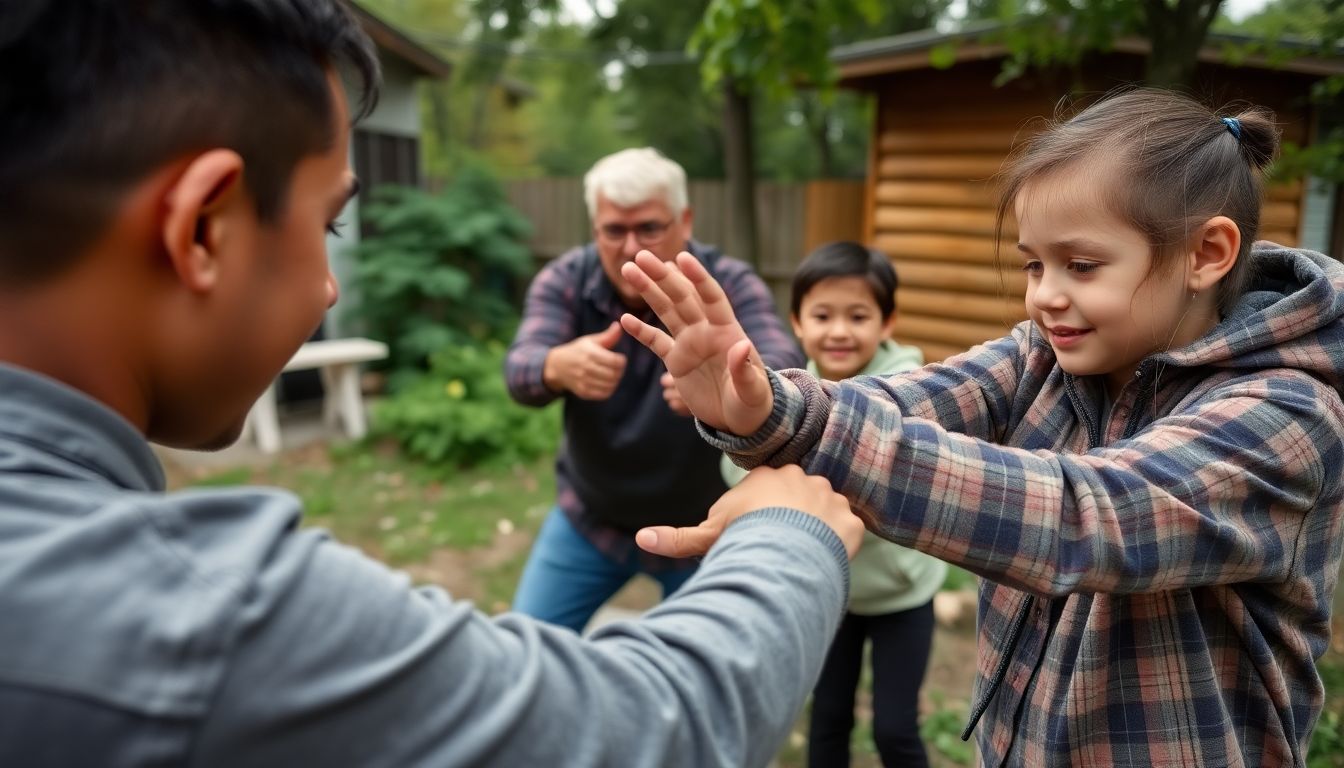
Preparing for Both Scenarios
In the realm of emergency preparedness, it’s crucial to consider two primary scenarios: ‘bugging in’ and ‘bugging out’. Both scenarios require careful planning, and being prepared for either can significantly enhance your safety and resilience during unexpected events. Let’s delve into the importance of these scenarios and how to maintain flexibility in your plans. Bugging in involves staying in your home or immediate surroundings during an emergency. This could be due to various reasons such as a natural disaster, civil unrest, or a pandemic. Being prepared to bug in means having essential supplies like food, water, first aid kits, and necessary medications stockpiled. It also involves fortifying your home for security and making it self-sufficient, with backup power sources and alternative water supplies. The importance of bugging in lies in its simplicity and the fact that it’s often the most practical option when leaving home is not feasible or safe. Bugging out, on the other hand, involves evacuating your home and moving to a safer location. This could be a pre-arranged safe house, a friend or family member’s home, or an emergency shelter. Being prepared to bug out means having a ‘go bag’ ready with essential items, a well-rehearsed evacuation plan, and a clear understanding of the most likely evacuation routes. The importance of bugging out is evident in situations where staying at home is no longer safe, such as in the event of a wildfire, hurricane, or civil unrest. Maintaining flexibility in your plans is key to adapting to changing circumstances. This involves regularly reviewing and updating your plans, and being open to adjusting them based on new information or changing needs. For instance, if you initially planned to bug in but the situation worsens, you may need to switch to a bugging out plan. Conversely, if you planned to bug out but the situation improves, you might decide to stay put. To maintain this flexibility, consider the following steps:
- Regularly review and update your plans. Circumstances change, and so should your plans.
- Stay informed. Keep up-to-date with the latest news and advice from official sources. This will help you make informed decisions about whether to bug in or bug out.
- Have a ‘Plan B’. Always have a backup plan in case your initial plan doesn’t work out. This could be an alternative safe location, a different evacuation route, or a backup supply of essential items.
- Practice your plans. Regular drills can help you identify any weaknesses in your plans and give you practical experience of what you would do in an emergency.
In conclusion, being prepared for both bugging in and bugging out scenarios is not about being paranoid, but about being proactive. It’s about taking steps now to ensure your safety and resilience in the face of future uncertainties. So, start planning today, stay flexible, and be ready for whatever life throws your way.
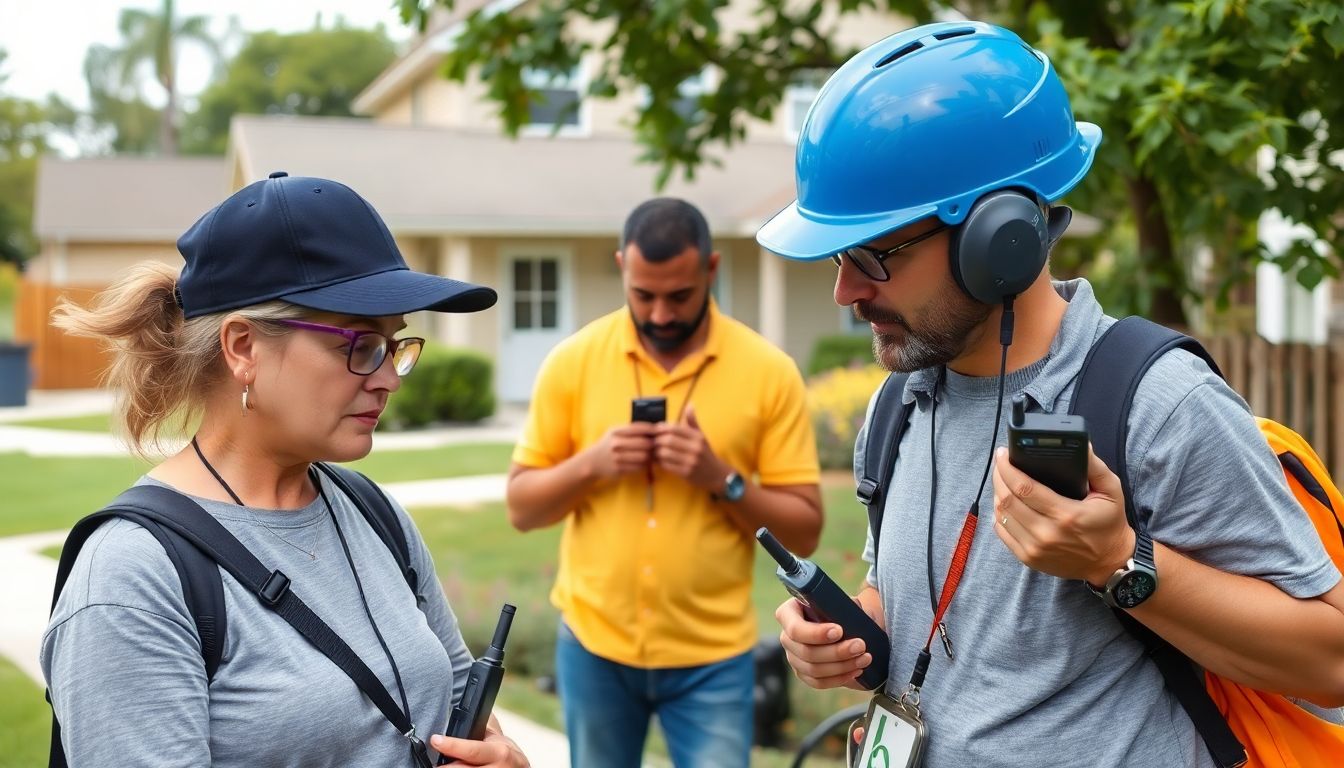
The Importance of Communication and Community
In the crucible of a crisis, communication and community emerge as twin beacons, guiding us through the storm. Maintaining open lines of communication is not just a luxury, but a necessity. It’s the lifeline that connects us, ensuring we’re not alone in our struggles, and fostering a sense of collective resilience. During uncertain times, clear, concise, and honest communication can dispel fear and misinformation, providing a steady stream of reliable information that helps us navigate our way forward.
Building a support network is akin to weaving a safety net, one that catches us when we falter and lifts us when we’re ready to rise again. This network can comprise friends, family, neighbors, or even online communities. Reach out, listen actively, and offer help where you can. Remember, every voice matters, and every story shared brings us closer together.
However, there are times when the crisis may demand a tough decision: to stay or to go. This choice often hinges on community factors. Consider the following steps:
- Assess the safety of your immediate environment. Is it secure, or are there imminent threats?
- Evaluate the community’s response to the crisis. Are resources being managed effectively? Is there a sense of unity and cooperation?
- Think about your personal needs and those of your dependents. Do you have access to essential services like healthcare, food, and shelter?
- Consider the long-term implications. Will staying put allow you to rebuild and recover, or would leaving provide better opportunities?
Each situation is unique, and there’s no one-size-fits-all answer. Trust your instincts, but also weigh your options carefully. Whatever you decide, remember that you’re not alone. There’s a community out there, ready to support and uplift you.
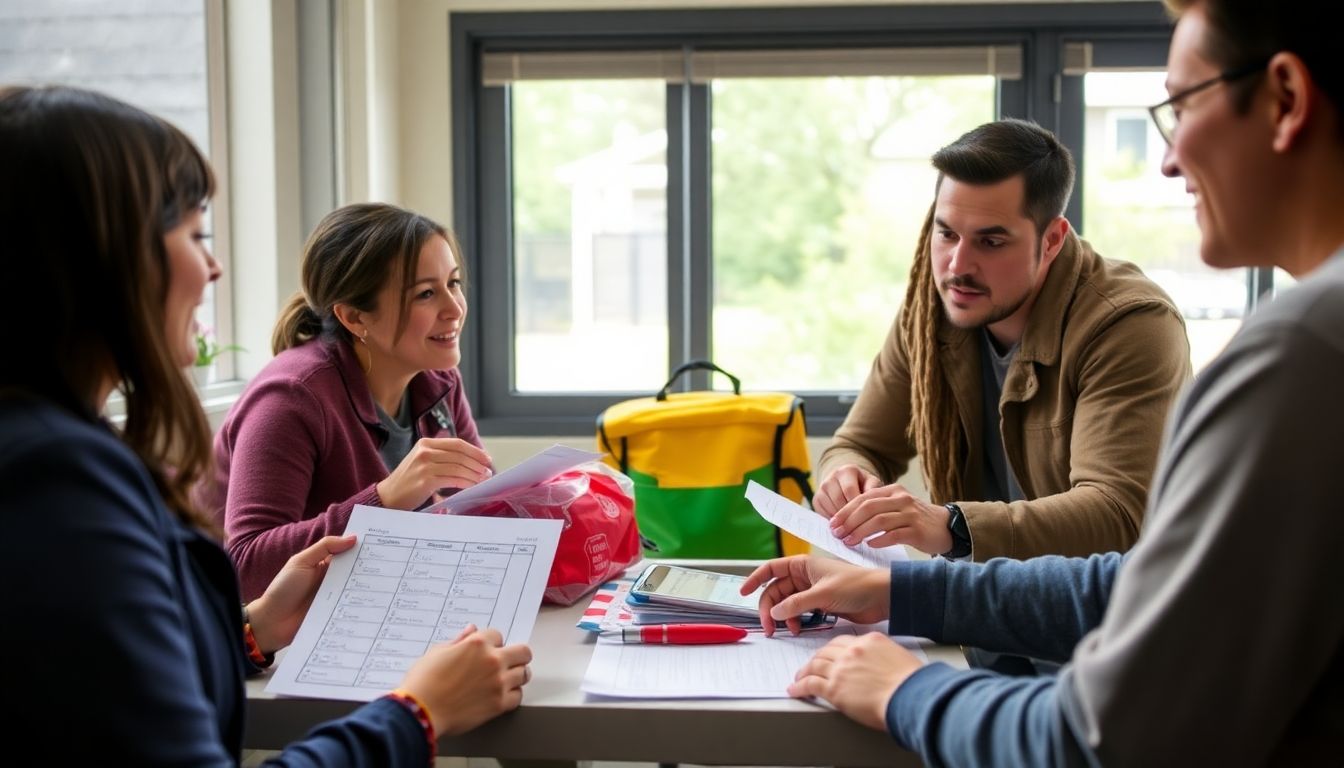
Testing Your Plan: Drills and Practice
Regular drills and practice are not just essential, but also incredibly rewarding when it comes to preparing for both bugging in and bugging out scenarios. They serve as the backbone of your family’s emergency preparedness plan, ensuring that everyone knows their roles and responsibilities when the unexpected happens. Drills help to identify and address potential weaknesses in your plan, allowing you to refine and improve it over time.
Engaging and educational drills can be designed to make the learning process fun and memorable for the whole family. Here are some steps to help you achieve this:
- Make it a Game: Turn your drills into a game or competition. This could be a scavenger hunt for emergency supplies, a race to pack your bug-out bags, or a quiz on emergency preparedness facts.
- Role-Play: Assign different roles to family members, such as ‘First Responder’, ‘Communications Specialist’, or ‘Supply Manager’. This helps everyone understand their responsibilities and work together effectively.
- Vary the Scenarios: Don’t always practice the same scenario. Vary it to include power outages, natural disasters, or even zombie apocalypses (a fun way to keep kids engaged).
- Learn as You Go: After each drill, discuss what went well and what could be improved. This is a great opportunity to learn and grow together.
Remember, the goal is not just to practice, but to learn and enjoy the process. By making drills engaging and educational, you’re not only preparing your family for emergencies, but also strengthening your bond and creating lasting memories.

When to Change Your Plan
In the dynamic landscape of survival situations, the ability to adapt and change your plan is not just an advantage, but often a necessity. The first sign that it might be time to change your survival strategy is when staying put becomes too dangerous. This could be due to a variety of reasons, such as an increase in hostile activity in the area, a natural disaster making your current location unsafe, or the depletion of resources in your immediate vicinity. It’s crucial to stay alert and aware of your surroundings, and if you notice any of these signs, it’s time to consider alternative plans.
Another indicator that it’s time to change your strategy is when it’s no longer feasible to leave. This could be due to physical limitations, such as injury or fatigue, or external factors like blocked escape routes or hostile forces preventing your departure. In such cases, you may need to shift your focus to fortifying your position, finding alternative resources, or even attempting to negotiate or communicate with the forces preventing your exit.
Adapting your plan as circumstances change involves a combination of flexibility, resourcefulness, and careful consideration. First, reassess your situation and gather as much information as possible. This could involve reconnoitering the area, checking your supplies, and evaluating the capabilities of your group (if you’re not alone). Next, consider your options. These could range from moving to a new location, to finding alternative resources, to attempting to negotiate with external forces. Finally, make a decision based on the best available information and stick to it, but be prepared to adapt again if new information comes to light. Remember, the key to survival is not always about having the perfect plan, but about being able to adapt and change as circumstances demand.
FAQ
What is the primary difference between ‘bugging in’ and ‘bugging out’?
When might ‘bugging in’ be the better survival strategy?
What are some key factors to consider when deciding between bugging in and bugging out?
- **Type of Disaster**: Different disasters require different strategies. For example, a hurricane might necessitate evacuation, while a blizzard might make it safer to stay home.
- **Duration**: Short-term disasters might allow for bugging in, while long-term ones might require bugging out.
- **Location**: Urban areas might be more dangerous during a crisis, making bugging out to a rural location a better option.
- **Resources**: Consider the resources available at your home and at your potential bug-out location.



